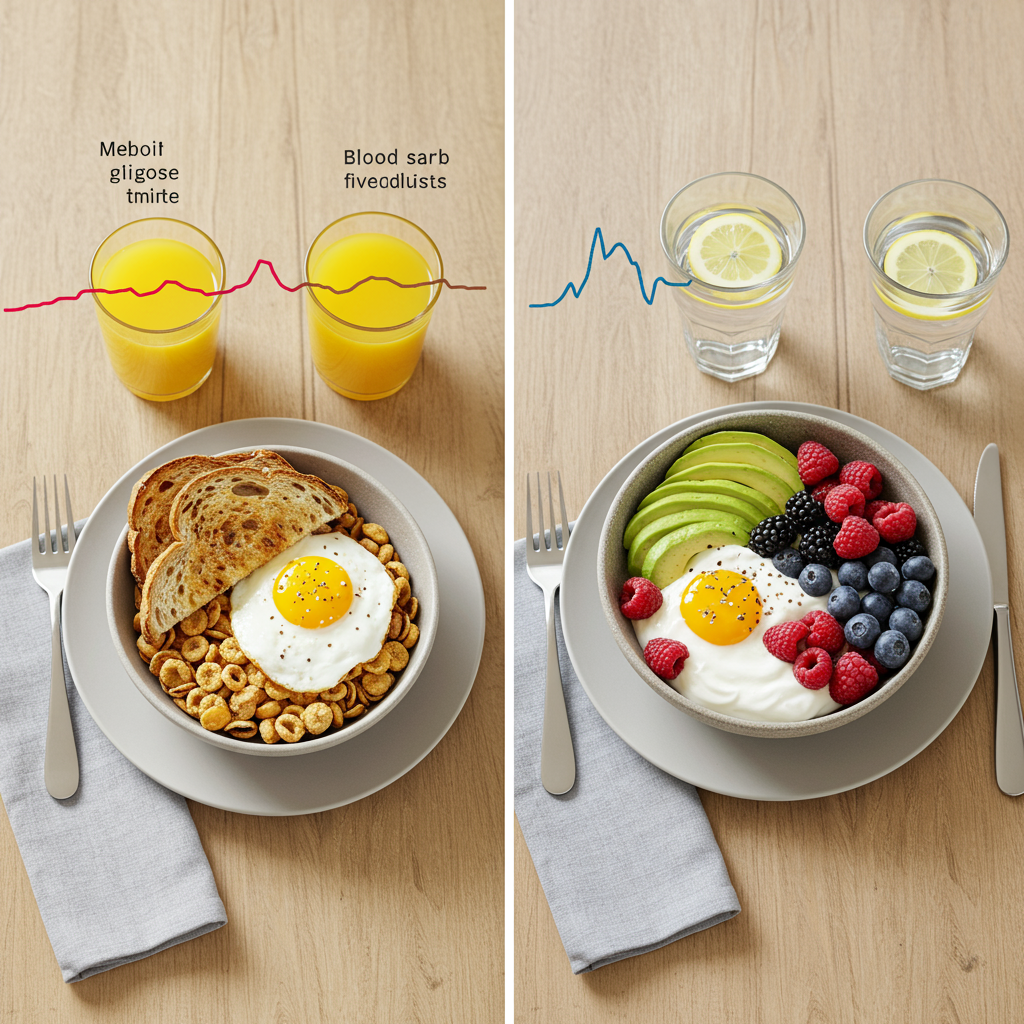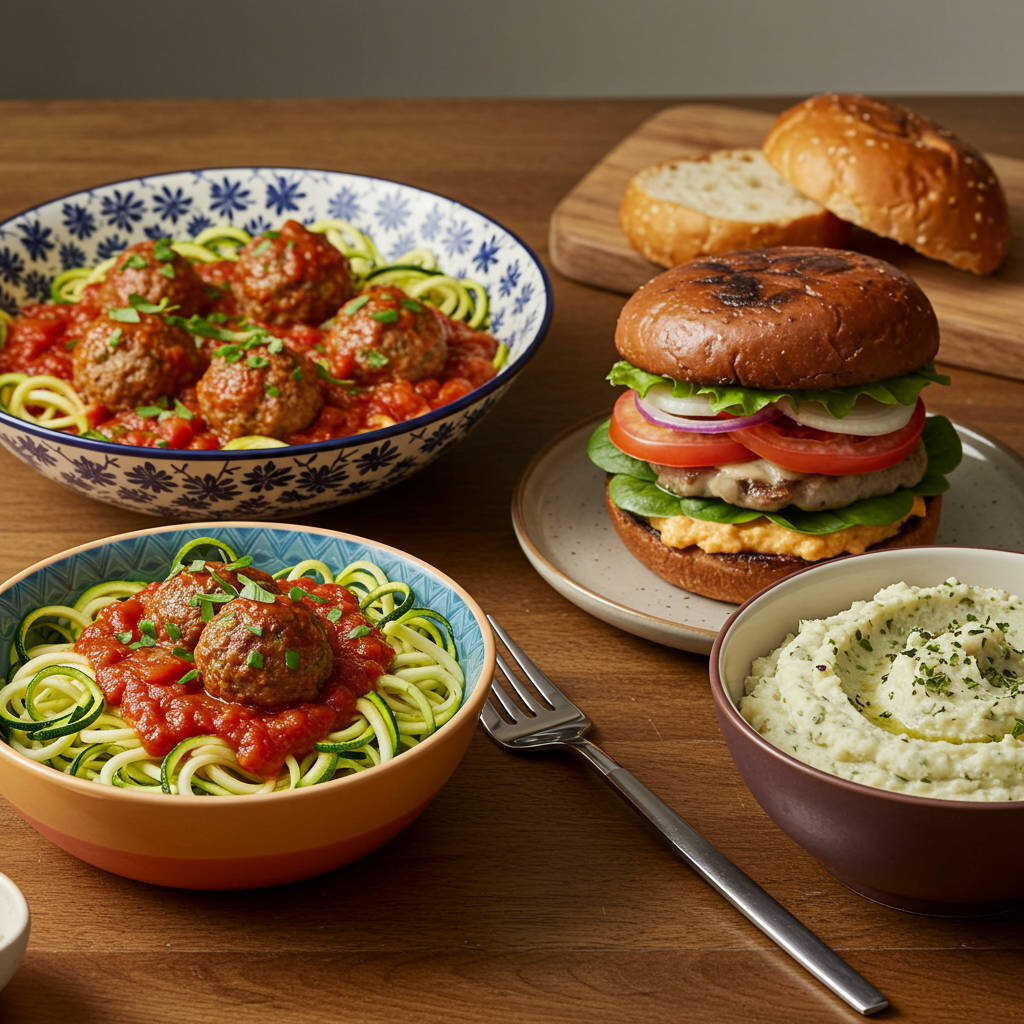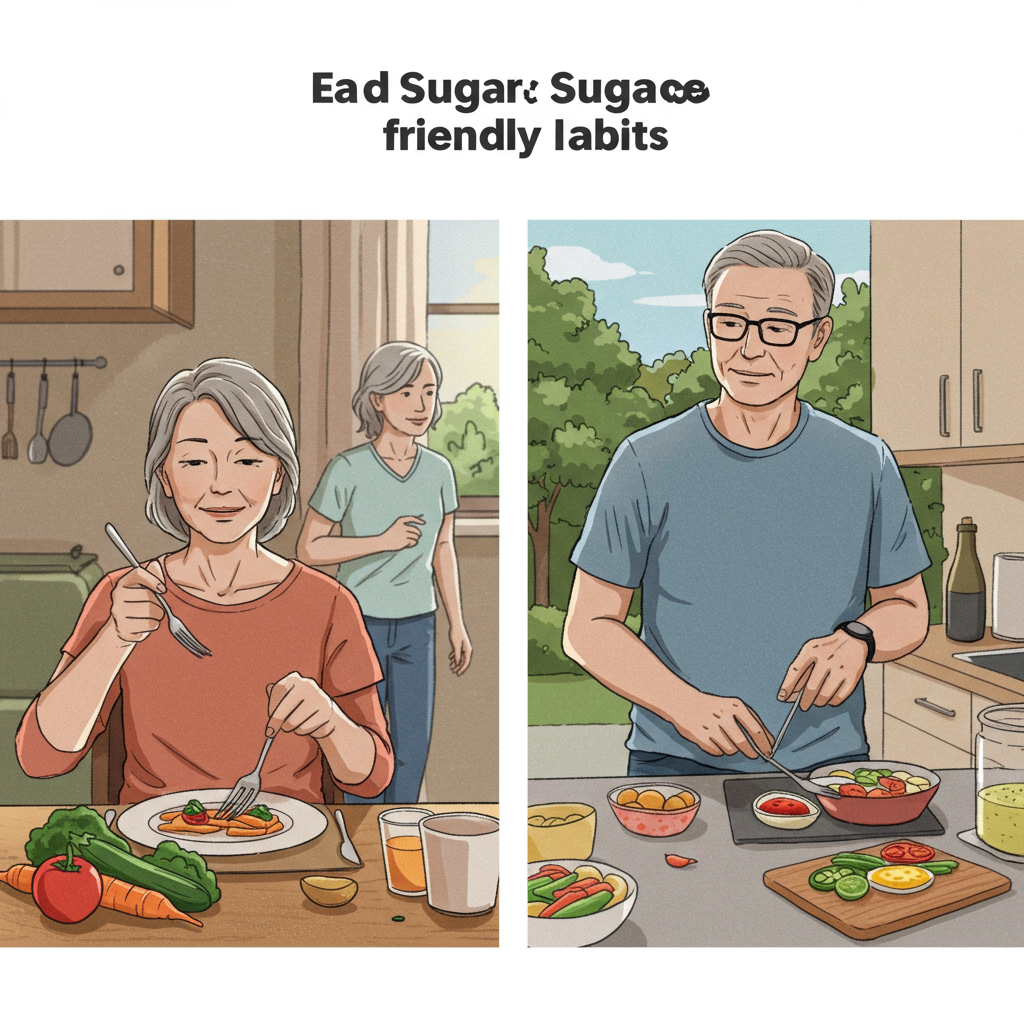Simple Swaps: Transform Your Meals for Better Blood Sugar Balance
Living with diabetes—or simply wanting to maintain balanced blood sugar levels—doesn't mean giving up delicious meals. With some smart substitutions and mindful choices, you can transform traditionally high-carb favorites into satisfying, blood sugar-friendly options. These simple swaps can make a significant difference in your glucose response while still keeping mealtime enjoyable and nutritious.
Why Carb Quality Matters More Than Counting
When it comes to blood sugar management, we've been conditioned to focus primarily on carbohydrate counting. But this approach misses a crucial point: not all carbohydrates affect your body the same way. The quality, fiber content, and what you pair your carbs with matter tremendously.
Traditional dietary advice often focuses on reducing fat and eating plenty of "healthy whole grains." However, these recommendations don't account for how quickly these foods convert to sugar in your bloodstream. Even whole wheat bread can spike blood sugar as much as or more than table sugar in many people!
Instead of merely counting carbs, we should focus on:
- Choosing lower glycemic load foods
- Emphasizing fiber-rich, nutrient-dense carbohydrates
- Combining carbohydrates with protein, healthy fats, and fiber to slow digestion
- Understanding our unique metabolic responses to different foods

Game-Changing Kitchen Swaps That Keep Meals Delicious
Here are some practical substitutions that can transform traditionally high-carb meals into blood sugar-friendly versions without sacrificing flavor:
Breakfast Transformations:
- Replace sugary cereal with chia pudding made with unsweetened almond milk and berries
- Swap toast for avocado topped with eggs and vegetables
- Instead of pancakes with syrup, try almond flour pancakes with a small amount of fresh berries
- Trade fruit juice for whole fruits paired with nuts or nut butter
Lunch & Dinner Makeovers:
- Replace white rice with cauliflower rice or a mix of 50/50 to ease the transition
- Swap pasta for zucchini noodles, spaghetti squash, or konjac/shirataki noodles
- Use lettuce wraps instead of tortillas or bread for sandwiches and wraps
- Try portobello mushrooms as burger "buns" instead of traditional rolls
- Substitute mashed potatoes with mashed cauliflower with ghee and herbs

Snack & Dessert Upgrades:
- Trade chips for crunchy vegetables with guacamole or tahini dip
- Replace cookies with dark chocolate (70%+ cacao) paired with a few nuts
- Swap ice cream for Greek yogurt with cinnamon and a few berries
- Instead of candy, try a small handful of berries with unsweetened coconut flakes
The beauty of these swaps is that they not only reduce the glycemic impact of your meals but often increase nutritional value by incorporating more vegetables, healthy fats, and protein.
Beyond Food: Timing and Techniques That Further Reduce Blood Sugar Impact
Smart food swaps are just the beginning. How and when you eat also influences your blood sugar response:
Strategic Meal Sequencing: Research shows that eating vegetables and protein before carbohydrates can significantly reduce post-meal blood sugar spikes. This simple change in the order of eating the foods already on your plate can make a difference.
Movement After Meals: A short 10-15 minute walk after eating can significantly reduce post-meal blood sugar elevations. This doesn't require intense exercise—just gentle movement helps your muscles utilize glucose more effectively.
Meal Timing: Consider compressing your eating window (a form of intermittent fasting) to give your body time to reset insulin sensitivity. Even starting with a 12-hour overnight fast can be beneficial for many people.
Mindful Eating: Slowing down and chewing thoroughly improves digestion and gives your body time to register fullness signals, which can prevent overeating and reduce glucose spikes.

The Path Forward: Personalized Nutrition for Blood Sugar Control
The most important lesson I've learned in treating thousands of patients is that personalized approaches work best. While the swaps and strategies above work for most people, individual responses vary. Consider using a continuous glucose monitor temporarily to see exactly how different foods and combinations affect your unique metabolism.
Remember that sustainable changes happen gradually. Start with one meal per day, perhaps breakfast, and implement these swaps. As they become second nature, expand to other meals. Over time, these small changes compound into significant improvements in blood sugar control, energy levels, and overall health.
The goal isn't perfection but progress—creating a way of eating that supports stable blood sugar while still being enjoyable and sustainable for the long term. With these simple swaps, you can transform traditionally problematic meals into nourishing options that help you thrive.
References:
Shukla AP, Iliescu RG, Thomas CE, Aronne LJ. Food Order Has a Significant Impact on Postprandial Glucose and Insulin Levels. Diabetes Care. 2015;38(7):e98-e99. doi:10.2337/dc15-0429
Ludwig DS, Ebbeling CB. The Carbohydrate-Insulin Model of Obesity: Beyond "Calories In, Calories Out". JAMA Intern Med. 2018;178(8):1098–1103. doi:10.1001/jamainternmed.2018.2933






